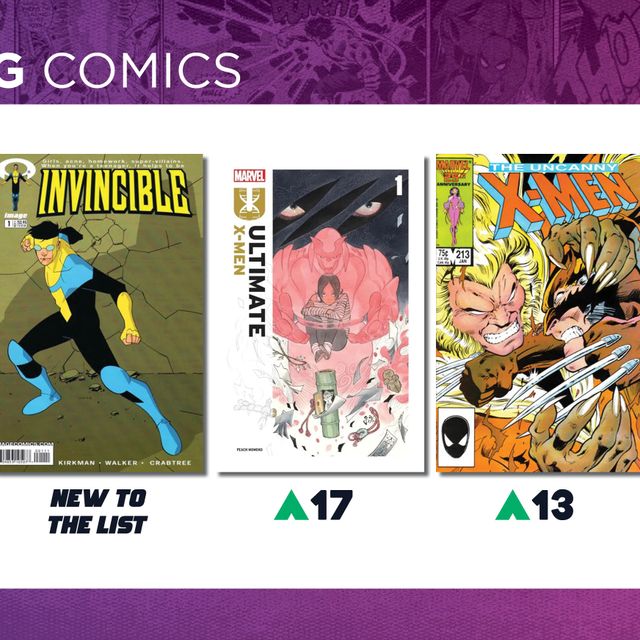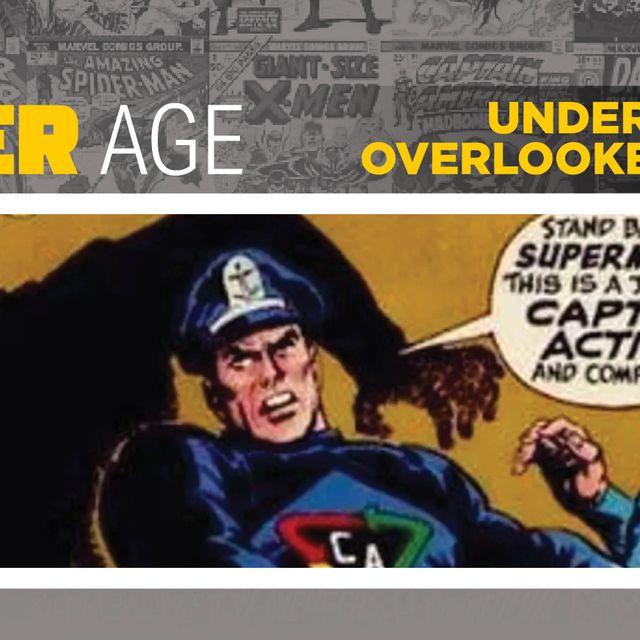
While there are many great Golden Age era artists who were masters of evocative and scintillating cover art; when it comes to pre-code covers that make an impact, one artist who immediately springs to mind is L. B. Cole.
Lately Cole’s art has been seeing a resurgence of interest at auctions. This is all well-deserved, Cole’s contributions were undervalued for a long time. Not to be confused with Jack Cole, the artist/creator of Plastic Man, Len Cole was very much his own man.
This becomes evident from what we know of his biography.
Leonard Brandt Cole was born in New York City in 1918. Although he eventually attained a doctorate of Anatomy & Physiology from the Humboldt University of Berlin, by nationality he was American. A voracious reader, Cole’s early life was marked by loneliness, especially after his parents divorced when the budding artist was only 14. During the Great Depression, Cole was sent to live with an Aunt in Lexington, Kentucky- the Horse capital of the world. There he developed a life-long love of animals and a desire to become a veterinarian. After America’s entry into World War II, Cole was conscripted and served on a special presidential commission in Tunisia as a logistics specialist. He returned home in 1942, possibly after being wounded. 1942 was also the year Cole married Ellen Kovack (herself an inker), and took the first steps into entering the comics industry.
Cole began to work regularly in comics in 1943: the height of the Golden Age. Cole’s earliest work was at DC for Flash Comics, assisting Louis Ferstadt, but he also quickly earned a reputation as a reliable and imaginative artist.
Cole’s work has been described as ‘kaleidoscopically brilliant’. Over the course of his career Cole would go on to illustrate more than 1500 covers. His versatility and the unique voice his art had, mark his contributions as singular and outstanding. Never content to be a mere illustrator in the exploitative factory system model of the day however, from 1942-1948 Cole started his own Comics Studio that supplied work to a variety of publishers.
It is from this period that we get the classic Cole covers.

Suspense #4 (June 1944) Stand out Early Cole Cover; first Mr. Nobody (on cover)
We can start with Cole’s covers for Suspense Comics. At least three of the many covers he contributed are considered all-time classics. One of those was an early work: Suspense #4. Cole was influenced by classical art, he cited Rembrandt as one influence and his use of shadows may have been an homage to that Dutch artist. Suspense #4, with Mr. Nobody hiding in the shadows, is an instant classic. A 1.8 graded copy actually sold on eBay on 03/04/2018 for $995.00. Cole’s covers for Suspense issues #8 and 9 are also standouts.

Contact Comics #12 (July 1946) - Classic Cole Sci-Fi Cover
During his career there was no comics genre that Cole did not contribute a cover for. What’s amazing is he was able to excel in various genres. When we look at the cover to Contact Comics #4, for example, we see a classic and standout Sci-Fi cover. This comic cover positively screams Sci-Fi. Cole called this style his "poster color covers", a mixture of black and primary colors giving the work a poster like feel. This is psychedelia years ahead of its time! Contact Comics #12 has sold in the past for strong prices but a recent 02/23/2019 auction for Heritage of a 6.0 graded copy ended at a robust $3, 120.00.

Blue Bolt Weird Tales #111 (October 1951) – Cole Horror Cover
Finally, and since there are way too many stand out covers to describe when dealing with Cole, we can end with a recent record sale of a classic Cole horror cover. Blue Bolt Weird Tales is not exactly the most popular horror comic of the Golden Age, but thanks to the Cole cover, #111 sold last month on 05/27/2019 for $2, 247.00 in 7.0 grade. It’s the attention to detail and the Black ‘poster cover’ touch that mark this as another Cole classic cover. L. B Cole died in 1995. Before that he was the winner of the Inkpot Award in 1981 and was posthumously inducted into the Will Eisner Award Hall of Fame in 1999.


